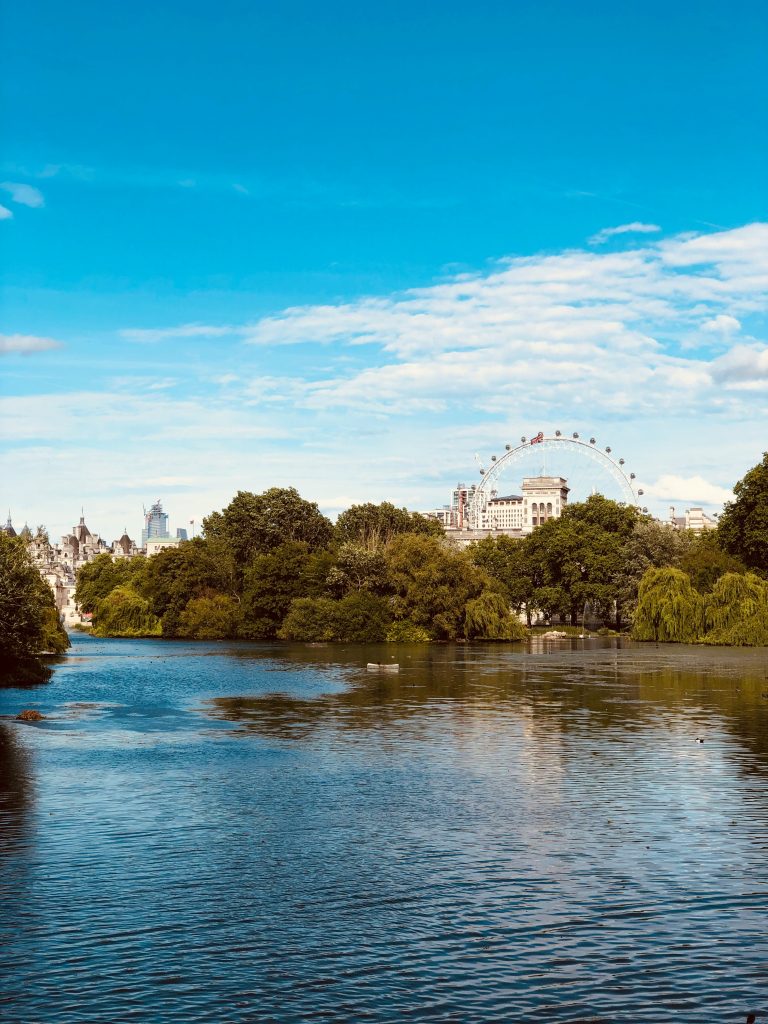London Localite contains affiliate links and is a member of the Amazon LLC Associates Program. If you make a purchase using one of these links, we may receive compensation at no extra cost to you. Read our disclaimer for more information.
Thinking about moving to Hastings? Here’s everything you need to know about life there – from a local
I’ve got a soft spot for Hastings — partly because I grew up there, but also because it’s a town full of personality. Perched on the East Sussex coast, just an hour and a half from London, it combines seaside life with a growing creative community that I love seeing thrive.
Since I was young, the town has changed a lot, with increasing numbers of people choosing to relocate there. But is Hastings actually a nice place to live? Like anywhere, it has its pros and cons — and there are certainly some downsides that are often ignored. As a born-and-bred Hastonian, I’m happy to share my honest take and explain why I’m even considering moving back.
So if you’re thinking of relocating (or just curious about life there), this guide will walk you through what to expect — the good, the bad, and everything in between.
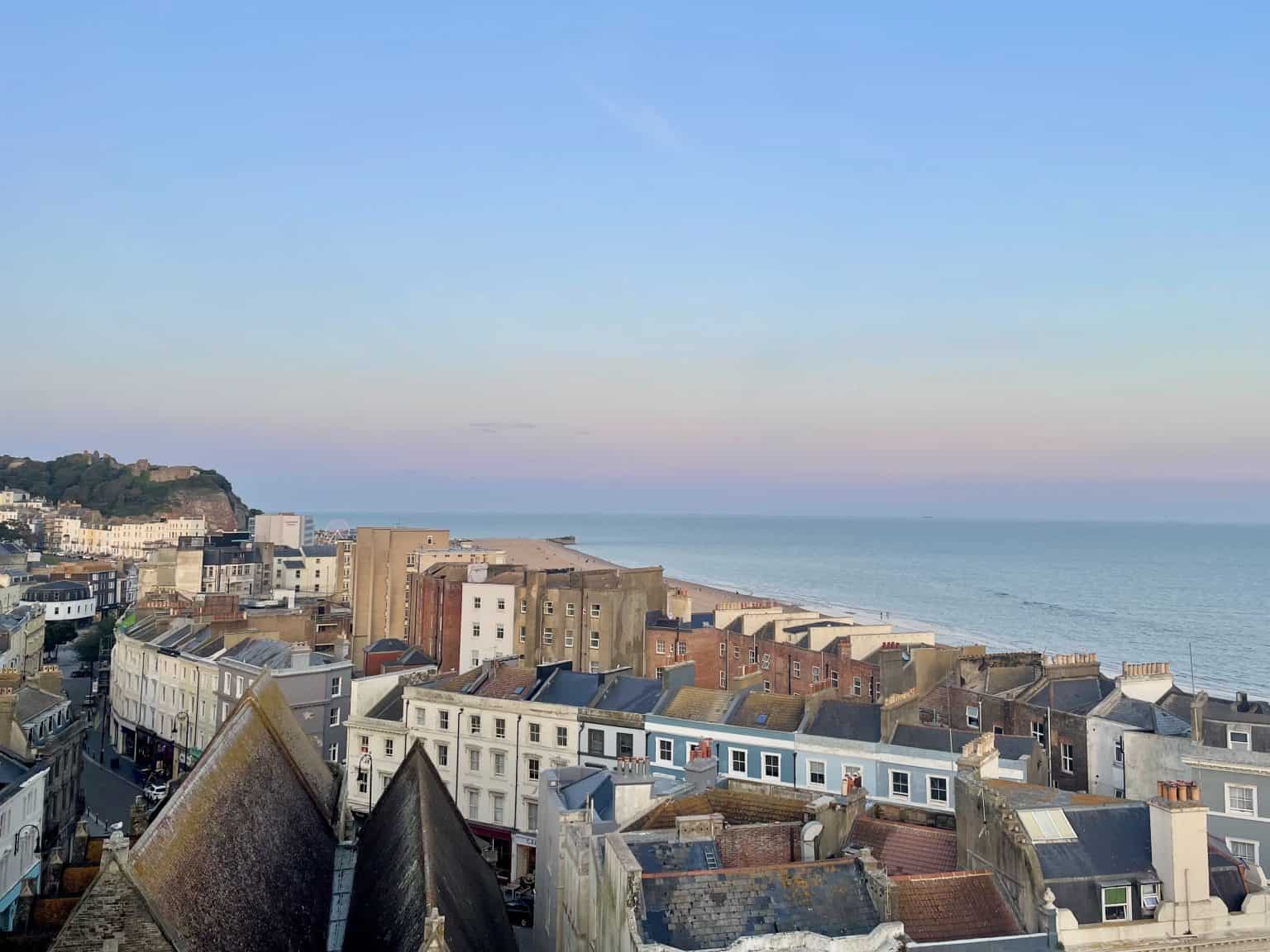
Quick Overview of Hastings
Hastings has a population of around 91,000 and is made up of a few smaller areas: St Leonards-on-Sea, Hastings, and Ore. Once a grand Victorian seaside retreat, it went through a period of decline, like many traditional seaside towns. However, it is now experiencing a real revival, with money (and people) moving in from London and further afield.
Location & Transport Links
Geographically, Hastings sits on the East Sussex coast, tucked between Brighton and Dover. The surrounding area is beautiful, with the South Downs and plenty of countryside nearby for long walks and day trips.
Getting to Hastings by Train
Hastings has four train stations: West St Leonards, St Leonards Warrior Square, Hastings, and Ore. From Ore, you can connect to Ashford International and then onto London St Pancras, while the other three link directly to London Bridge, Charing Cross, or Victoria. Overall, it’s well connected by train and journeys to London take around 1.5 hours.
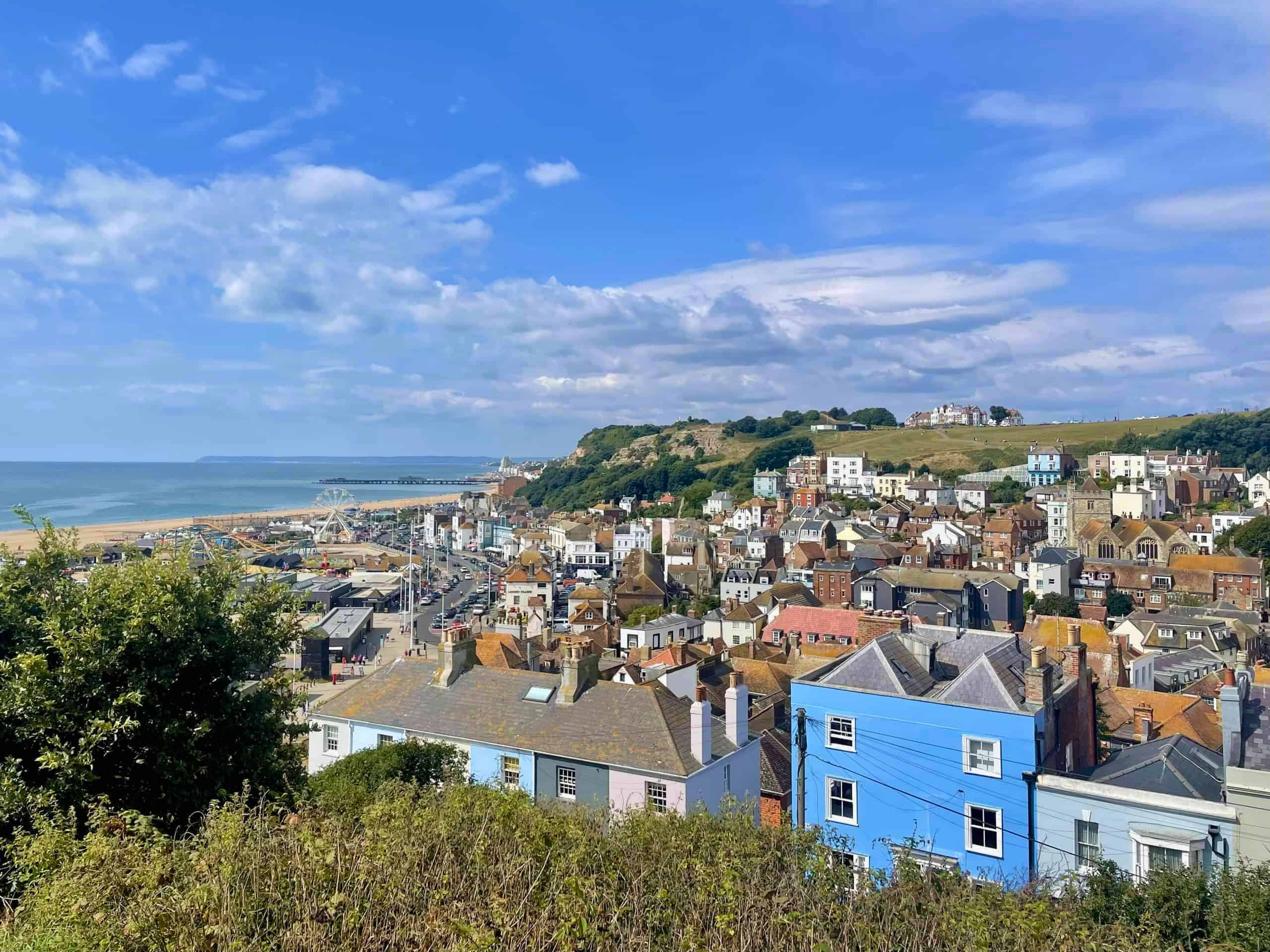
Getting to Hastings by Road
By road, it’s a different story. The A21 is the main route into Hastings, and locals love to grumble about it. It feels more like a winding local road than a major A road, and it isn’t the smoothest or safest drive.
What is Hastings Famous For?
Hastings is best known for the Battle of Hastings, with the ruins of Hastings Castle and Battle Abbey marking the historic past. Today, it’s equally celebrated for its quirky seaside character. From the iconic black fishing huts and arcades to lively local traditions like Pirate Day and May Day – it has a growing reputation as a creative hub on the South Coast.
On a lighter note, Hastings is also known in the UK for Hastings Direct. Yes, I mean the insurance company with the catchy jingle (you’ll know it if you’ve heard it!).
Hastings Guides & Itineraries
👉 Is Hastings Worth Visiting? 11 Reasons to Visit in 2025 – my personal take on what makes Hastings special.
👉 Hastings Day Trip Guide: BEST Things to Do, Where to Eat + More – a complete itinerary with the highlights, hidden gems, and foodie spots.
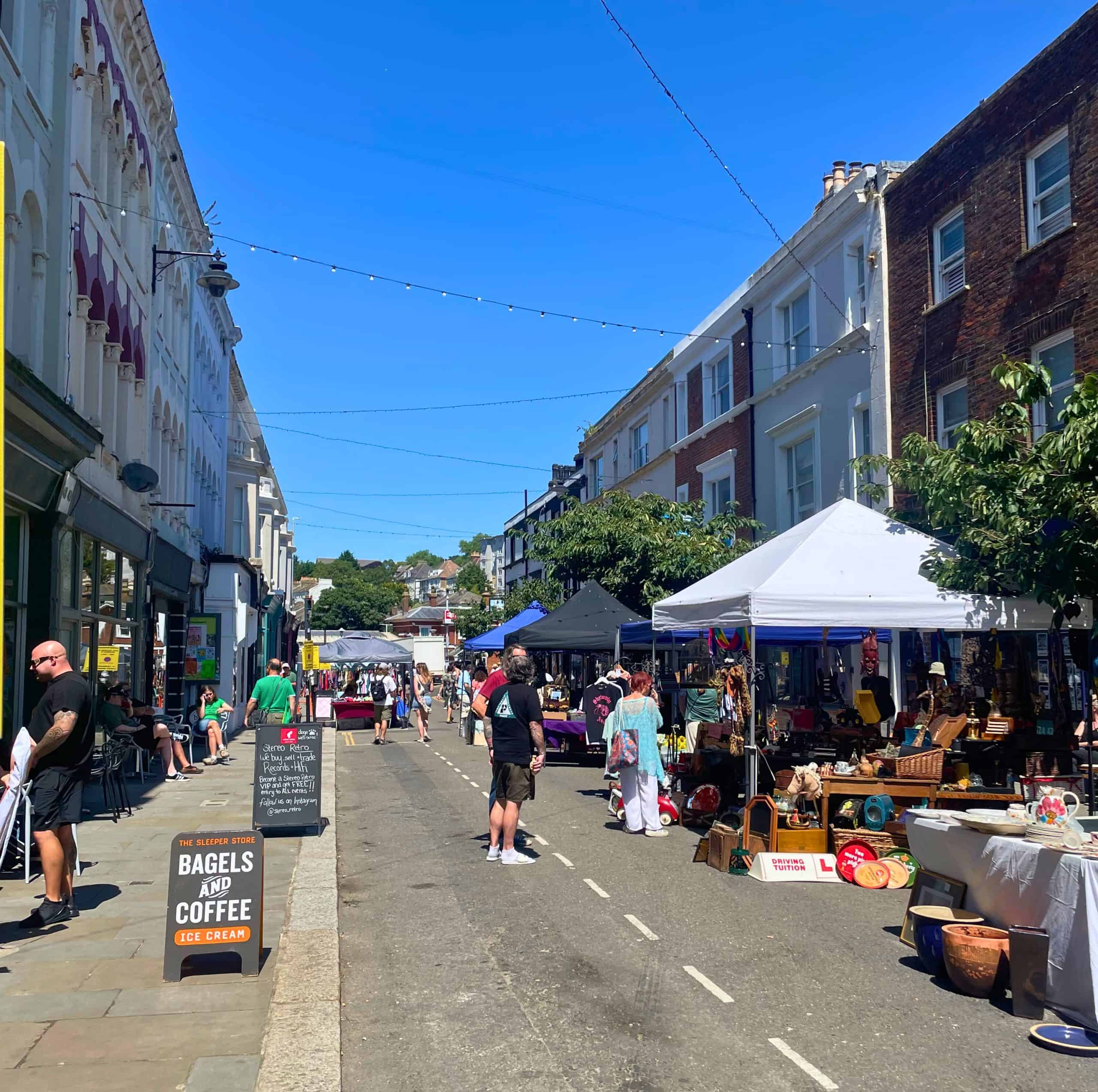
Pros of Living in Hastings
There are plenty of reasons people believe Hastings is a nice place to live — from the relatively accessable housing market to the quirky Old Town and growing creative scene. Here’s a closer look at some of the key pros.
Affordable Housing and Cost of Living
One of the biggest draws of Hastings is that it’s still more affordable than Brighton or London, though prices have been rising as more people relocate there. You’ll find plenty of charming Victorian townhouses alongside seaside flats and larger family homes.
On average, properties sell for around £360,000, with detached houses closer to £465,000 and flats averaging about £140,000. Overall, Hastings offers much better value for money than many other south coast towns, both for buyers and renters. You can read more on the cost of buying and renting in Hastings here.
The Characterful Town
Hastings is packed with charm, especially in the Old Town. Think Tudor houses, wooden-clad cottages, and even buildings patched together with stones taken from the castle. The tall black fishing huts are unique to Hastings, and right next to them you’ll find The Stade and the modern Hastings Contemporary gallery.
Inside St. Leonards, you’ll find independent cafes, vintage shops, and quirky galleries. There’s a sense of history around every corner, mixed with a vibrant local culture that makes Hastings feel both historic and lively.
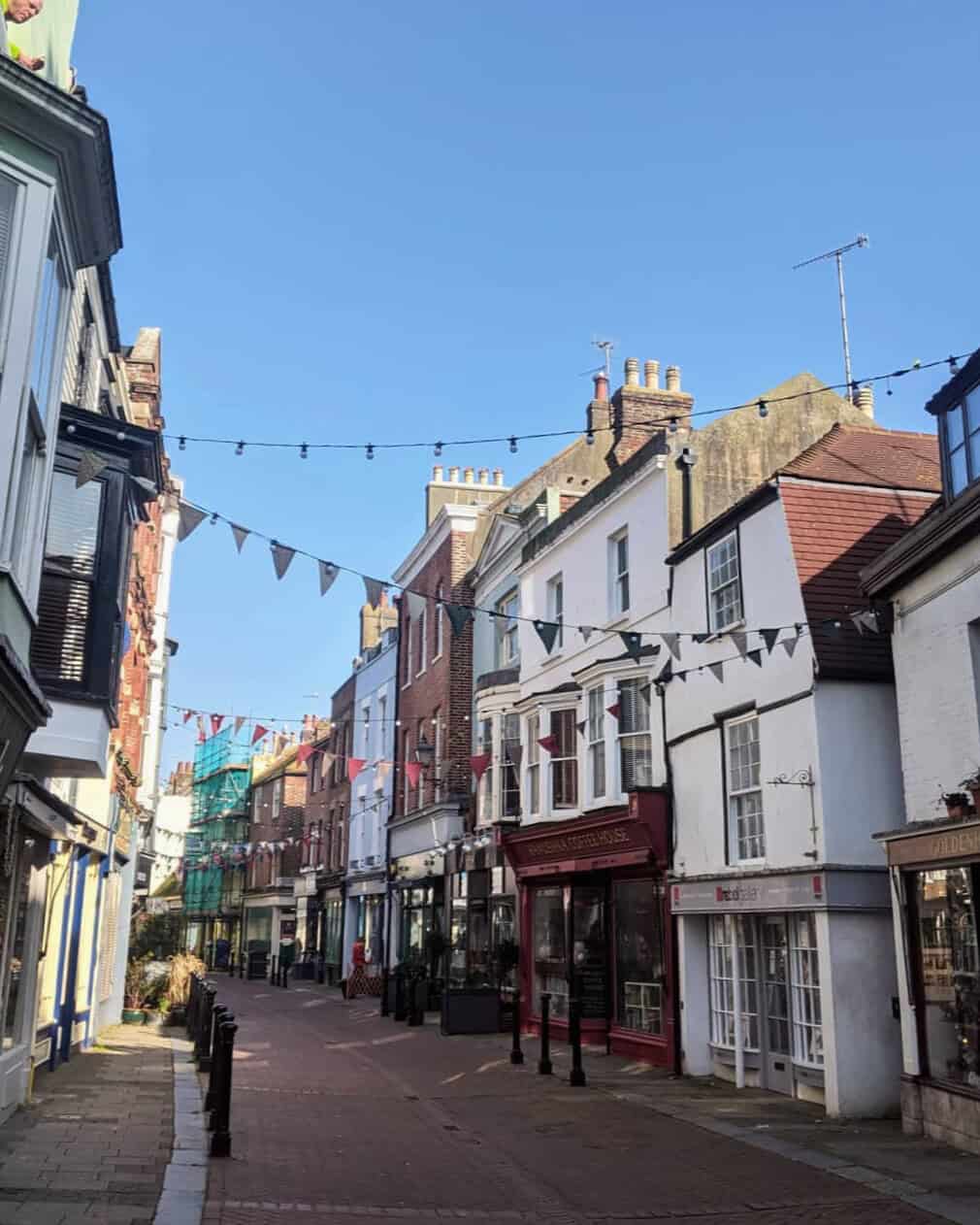
Lifestyle and Connection to Nature
Life in Hastings runs at a slower pace. Imagine morning walks on the seafront, coffee on the promenade, and weekends exploring nearby countryside. Hastings Country Park and the South Downs are close by, while Alexandra Park and other green spaces bring nature into the heart of town.
Local Events and Entertainment Options
Hastings is known for its quirky local events, from Pirate Day to the May Day celebrations. They’re impossible not to get involved in if you live there. Growing up, these traditions made the town feel lively and fun, and there was always something happening.
Along the seafront you’ll also find classic arcades, crazy golf, and summer water sports like kayaking and paddleboarding. For a small town, there is so much to do and with more and more people moving, the offering is only getting broader and better.
Great for Young Families
Hastings can be a lovely place to raise a family. There are plenty of green spaces like Alexandra Park and Hastings Country Park, as well as the beach, which makes it great for kids to grow up with lots of outdoor space. The town also has a strong sense of community, with local events like Pirate Day and Old Town Week that families can get involved in.
When it comes to schools, Hastings is a mixed bag. Most of the primary schools are rated Good to Outstanding by Ofsted, so younger children are well catered for. Secondary school results are varied, but overall, Hastings offers a balance of decent education, space, and access to nature that bigger cities miss.
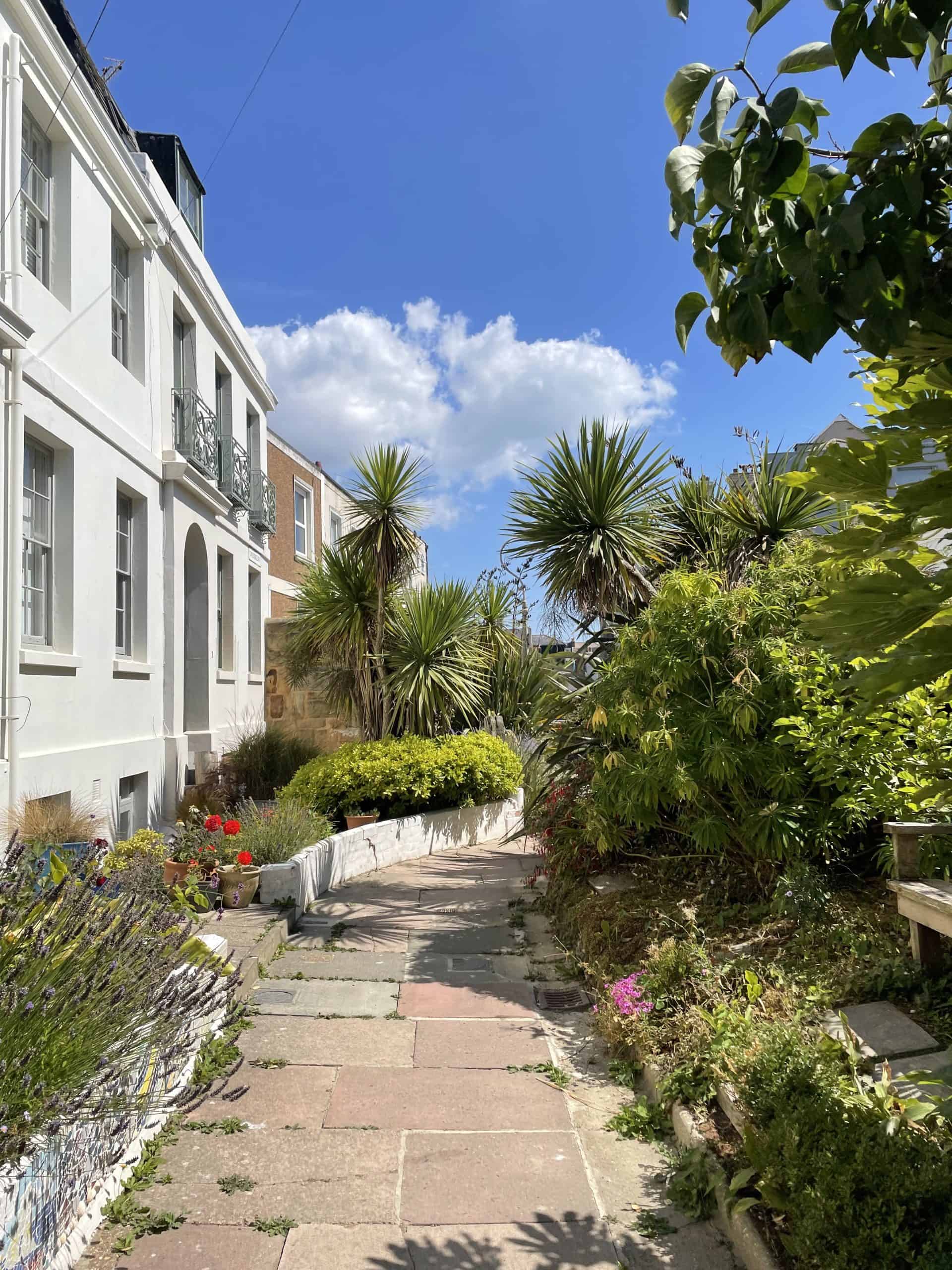
Cons of Living in Hastings
Of course, no place is perfect, and Hastings has its downsides too. There’s a reason I left in the first place, and if you’re thinking about moving there, it’s good to go in with eyes open.
Limited Job Opportunities
This is the biggest drawback for me. Hastings doesn’t have a huge job market, and after university, I had to move to London for better career options. That said, my parents have both built solid careers there, so it really depends on your field. These days, with remote working the norm, this is less of an issue and a London salary goes a long way there.
Commuting Can Be Tricky
Trains from Hastings to London take around 1 hour 30–40 minutes into stations like London Bridge, Charing Cross, and Victoria. It’s manageable if you only need to go in a few days a week. However, the rail network is notorious for delays, cancellations, and occasional strikes, so reliability can be an issue.
The cost of commuting is another downside. A season ticket from Hastings to London ranges from £4,000–£4,500 per year, which is a significant expense to factor in if you’re commuting daily. For exact prices check out the National Rail Season Ticket Calculator here.
The Deprived Areas
Lastly, it’s worth mentioning that parts of Hastings still have a rundown feel. Areas like the New Town and Ore are more deprived, and the statistics back that up. The overall crime rate in Hastings in 2025 was 95 crimes per 1,000 people, which is 27% higher than the East Sussex average. You can dive deeper into the crime rates here.
That said, I’ve always personally felt reasonably safe in Hastings and have never been the victim of a crime. Like any town, it’s a mixed picture. Some areas feel a little rough around the edges, while others are absolutely lovely.
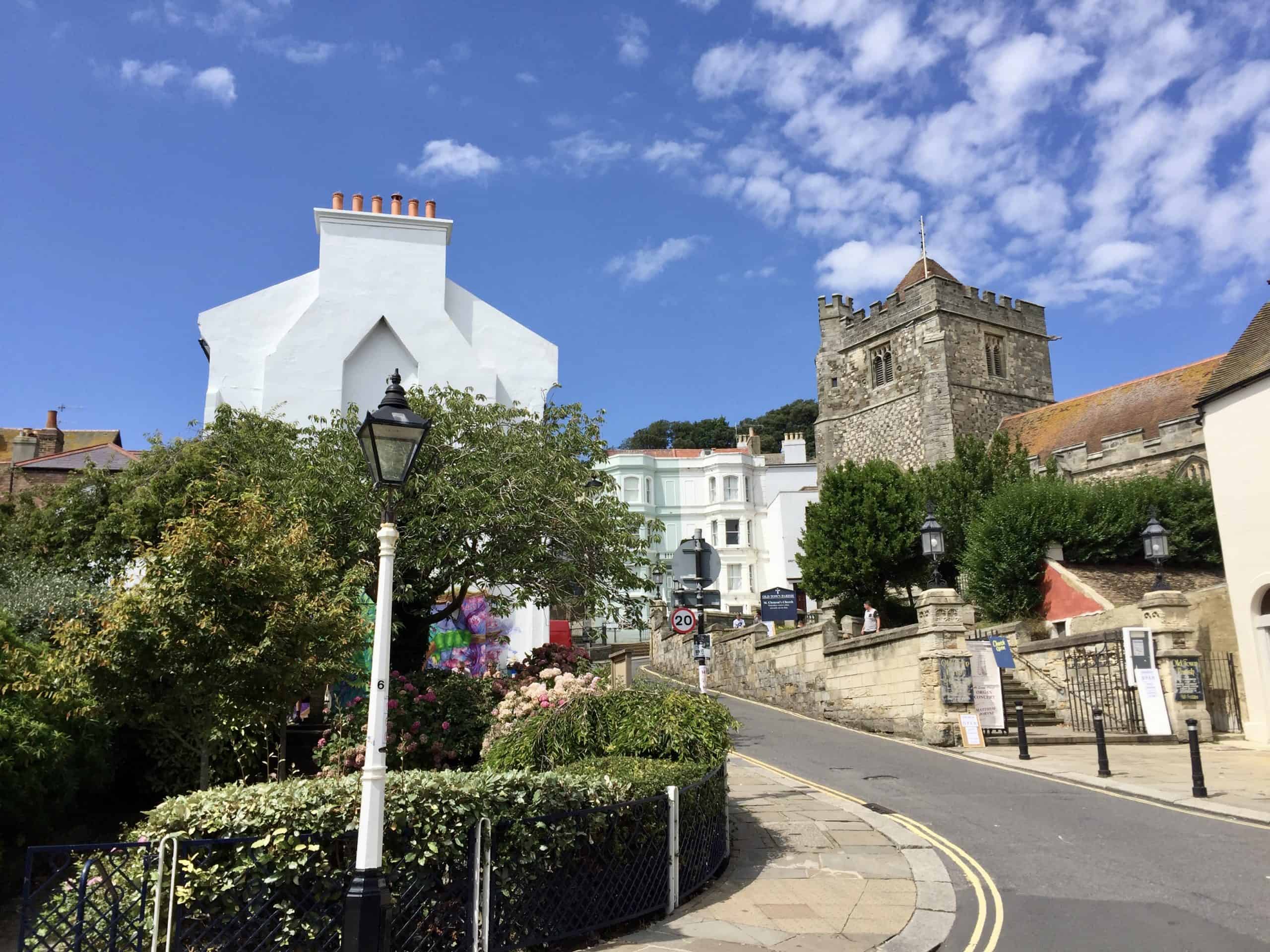
FAQs About Living in Hastings
There’s obviously so much more to Hastings than I can cover in one post. To give you a broader picture, here are some of the most frequently asked questions about life there, which should help you decide for yourself if it’s a nice place to live.
1. Is Hastings expensive to live in?
Compared to London and Brighton, Hastings is definitely more affordable. According to recent data, a single person’s monthly costs (excluding rent) average around £589.79. The UK average is £633.79 by comparison. For a family of four, the average in Hastings is about £1,506.99, while the UK average is £1,619.41. So while it’s not the cheapest place on the map, it’s certainly less expensive than many nearby alternatives.
2. Is Hastings safe?
Safety in Hastings is a bit of a mixed picture. On the one hand, it’s classed as the safest major town in East Sussex. On the other, its overall crime rate is higher than both the regional and national averages. There are around 95 crimes per 1,000 people in 2025, which is 27% higher than the East Sussex average.
The most common issues are violence and sexual offences, followed by shoplifting and criminal damage. Meanwhile crimes like pickpocketing are rare. That said, crime tends to concentrate in busier areas like near pubs, stations, and the seafront, and many locals (myself included) still feel safe day to day.
3. Where Are the Best Areas to Live in Hastings?
Some of the most popular areas are St Leonards-on-Sea, with its elegant Victorian houses, independent shops and good train connections. The West Hill offers open green space, sea views and easy access to the Old Town. Near Alexandra Park, you’ll also find beautiful big houses in a peaceful setting.
On the flip side, areas like Ore and parts of Silverhill are more residential and can feel a bit lacking in amenities, so may not suit everyone. As with most towns, it varies street by street, but overall Hastings has a good mix depending on whether you’re after seaside charm, family space, or commuter convenience.
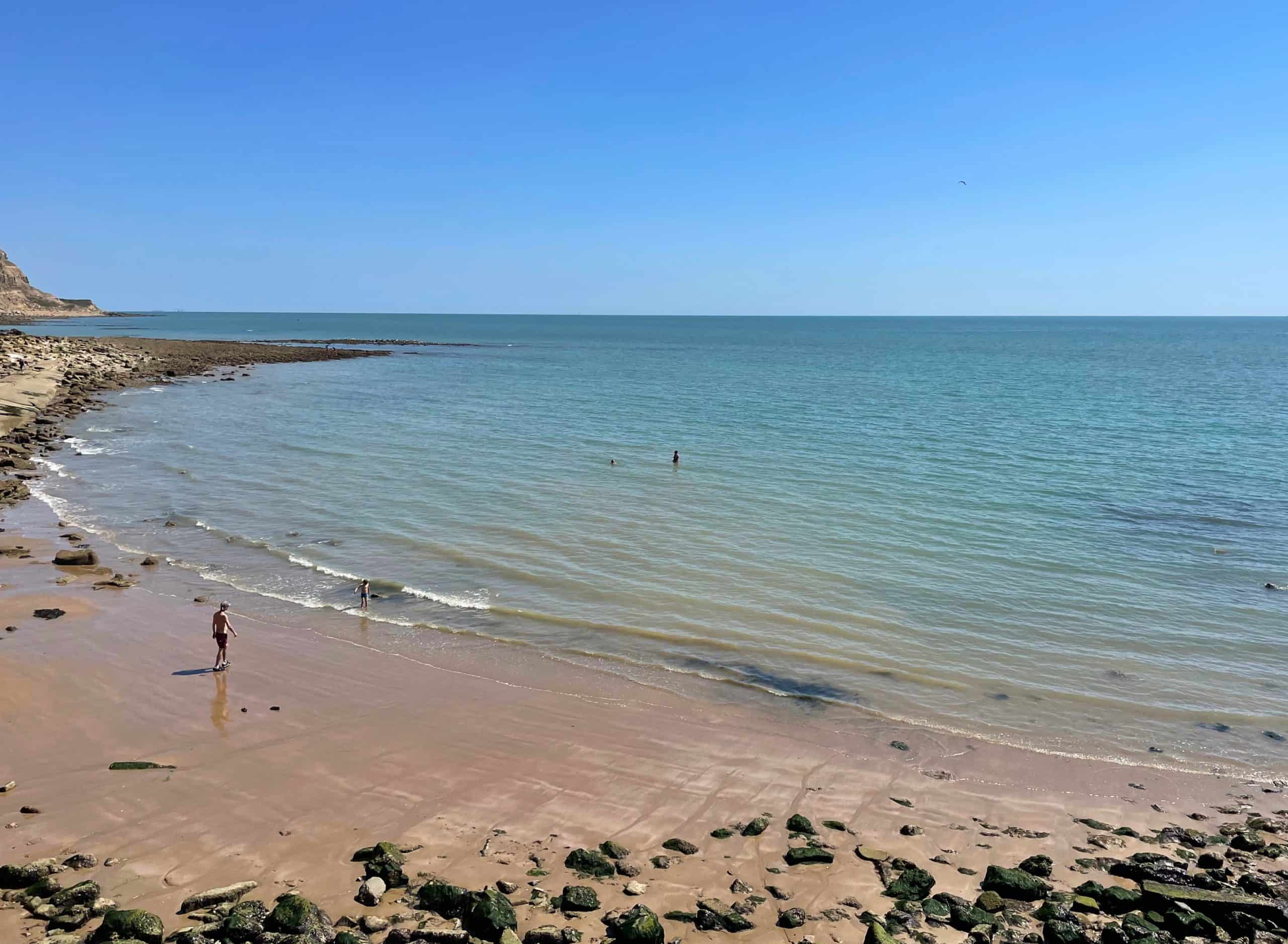
Round up: Is Hastings a Nice Place to Live?
Overall, Hastings is a town of contrasts — historic yet creative, affordable yet up-and-coming, a little rough around the edges but full of charm. For many, including myself, the mix of seaside living and community spirit makes it a wonderful place to call home. For others, the slower pace, limited job opportunities, and patchy transport links might be deal-breakers.
If you’re looking for a more affordable alternative to Brighton or London, Hastings could be a great fit. But as with any town, it’s worth visiting a few times and exploring the different areas before making the move. That way you’ll know if this characterful seaside spot really feels like home. Hopefully this has helped you decide whether Hastings is a nice place to live, but if not, feel free to reach out with specific questions!

